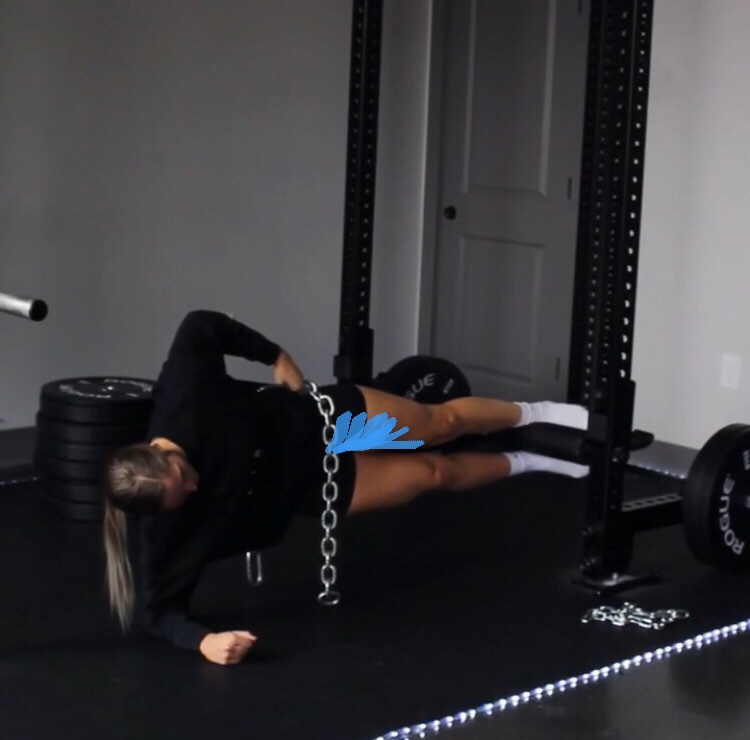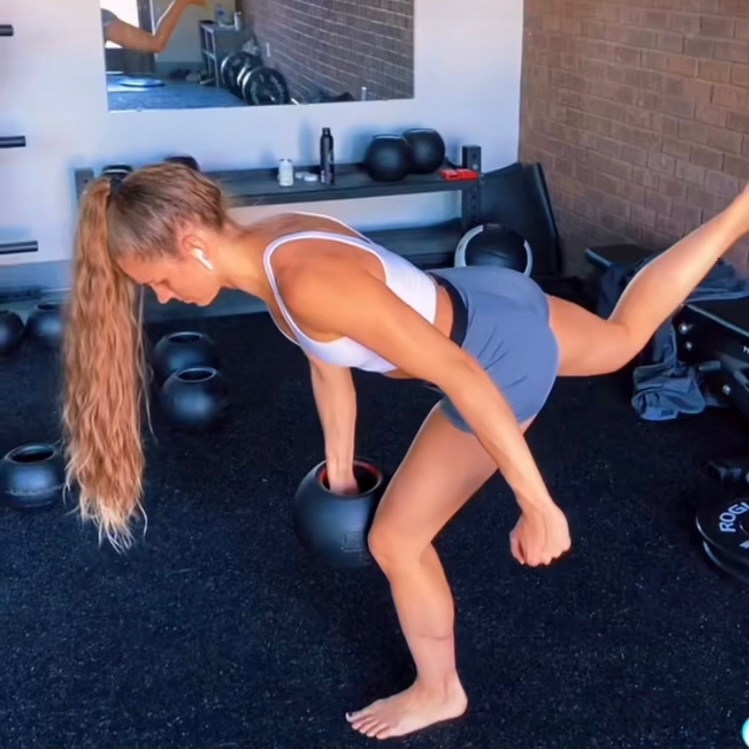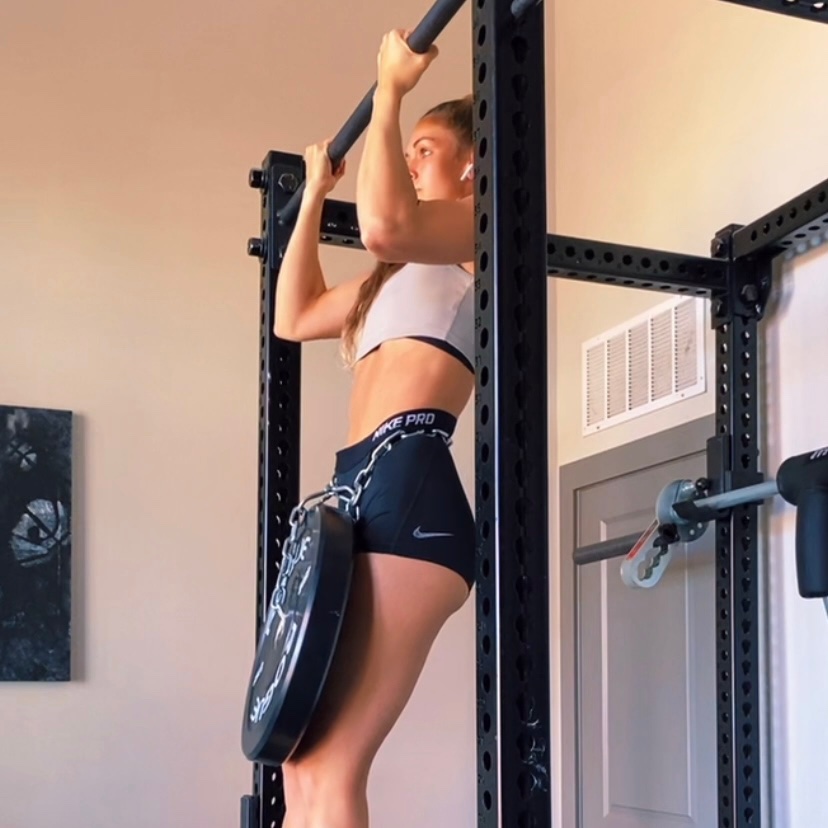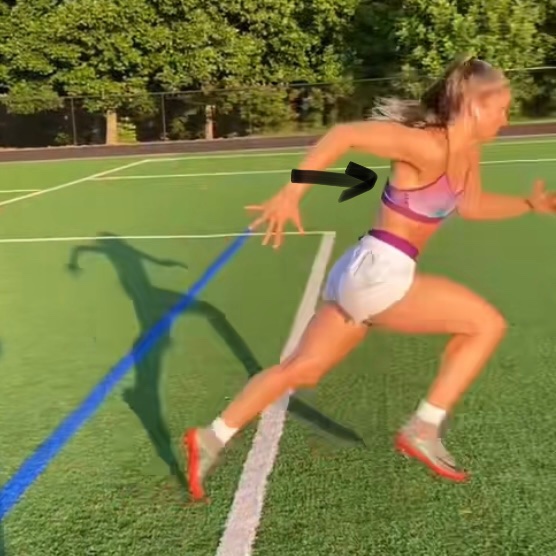SPEED
The videos and content on this page are created to help you further individualize the programmed workouts that you have access to on the Daily Workout page. You can use this information to make adjustments to the workouts or to program specific speed work in addition to the workouts.
IDEAL TIME TO WORK ON SPEED
Off-Season
In an ideal world we would try to make all of our big athletic changes in the off-season
During season your body has more stress placed on it from your sport
If your sport uses different energy systems than the ones you use for speed training your results could be less than optimal as the body is trying to adapt to too many different stresses at the same time
It's also important to understand that recovery and stress should be balanced. Too much stress on the body and not enough recovery (sleep, food...) could increase the risk for injury
In-Season Approach
In real life sometimes you play a sport primarily year round
If this is the case you may want to take an approach where you make small changes year round (if done consistently over time you should see results and keep risk for injury relatively low)
The concept behind this is to give your body enough stress to create a change but not too much that it would hinder your performance or really increase your risk for injury.
HIP/ANKLE STABILITY FOR IMPROVING SPEED
Top areas to address stability

FEET/ANKLES
Common area for athletes to "leak energy"
Can help reduce risk of injury (excessive ankle movement like rolls/sprains)

ADDUCTORS
Resist movement
Help prevent power loss
Help keep you from sliding/falling during movements like cutting

GLUTE MED
Resist movement
Prevent power loss
Keeps knee from collapsing inward (injury prevention)
1. Get stable/strong in positions without movement
2. Progress to stabilizing through movement
3. Stabilize at speed
Athletes get a lot of stability work through movements at speed when they play their sport. However, sometimes we need to regress these movments, build a more solid base, and progress from there.
HAMSTRINGS FOR SPEED & INJURY PREVENTION
Sprinting consistently at top speed can help decrease the risk of hamstring injury
(rapid spikes and drops in workload can increase the risk)
Play a big role in running performance (especially recovery & support phases)
THE LATS AND SPEED

Back muscle that helps connect the upper body to the lower body
(i.e. left lat and right glute)
